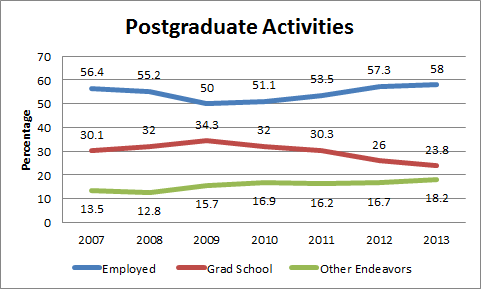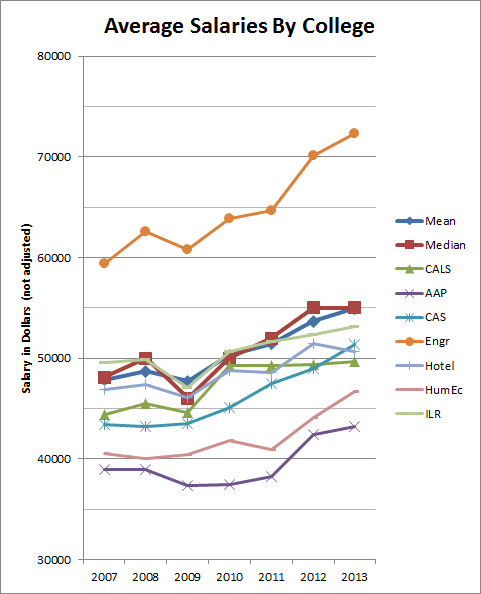It’s hard to believe that this blog has been around for ten years.
Most years, I’ve done a modest update highlighting some statistics and some things that have happened over the past year. Except last year, where it just totally fell off the radar and I didn’t even remember the anniversary day until the end of the month. Even the best time management fails to keep track of everything.
Since I’m not 100% sure how many views I had at about 6 PM on June 18th of last year, it’s a little hard to gauge precisely how many views a day I’ve been averaging. If we assume it was consistent for the month of June, then there were about 103,652 views from 2017-18 (just about one visit for every person in Tompkins County), which comes out to about 284 views per day. Over the years, the annual averages have looked something like this:
2008-09: 82
2009-10 166
2010-11 199
2011-12 216
2012-13 182
2013-14 155
2014-15 219
2015-16 266
2017-18 284
Or, going by the WordPress calendar year stat, 2016-17 was down a little bit, but 2017-18 has seen a tick upward. Nothing has yet surpassed the infamous spring of 2010, when a series of high-profile suicides at Cornell dominated the news both locally and nationally.
The function of this blog has definitely changed over the years. The primary focus in its earlier years was history, mostly Cornell-focused. A look at how the physical imprint of the university evolved into a greater interest into the way the greater urban network of buildings and streets evolved, and from there, an increasing interest in business and real estate and economic news. As a result, reading through blog posts from 2009 is a very different experience than reading through posts from 2014.
To be honest, I had planned to shut the blog down in June 2014. It had seemed to run it course, and Ithaca Builds was in full swing. But on April 28th, a day I only remember because it was the evening before my mother’s birthday, Jeff Stein had reached out asking if I would be willing to help him out with his attempt at local news. I was incredulous in our first conversation, but the Journal was slipping pretty quickly by that point, and that’s how I became a part of the Ithaca Voice.
Since I’ve started writing for the Voice, I’ve chosen to divvy up what ends up in the blog, and what ends up in the Voice. Smaller news details or things that are too vague or lacking in information to make into a full article usually make into the Friday night/Saturday roundup, “News Tidbits”. Same goes with most of the photo galleries, although I will often select a set to share on the Voice first, while sharing other sites first on the blog. For example, most of my Lansing construction photos will be used in a gallery piece this week, and after that they will show up with only a brief description here (because the longer description will be in the article, and it’s in the interest of time management).
The blog has taken on a utility that I never expected it to. Every day, I’m surprised when visitors email me and say this is their go-to for real estate and development news in Ithaca and Tompkins County. It’s flattering, but it’s also a bit worrying. When this blog launched, there were still over 20 writing staff at the Ithaca Journal. Today, it’s two, and Gannett advises them to not live in Ithaca and commute in, because Ithaca is too expensive.
Unfortunately, we’ve been watching a major decline in local journalism. A few bigger organizations can sustain themselves on reader subscriptions, but many smaller news outlets have had to cut to the bone or make major layoffs. The Voice is no-frills. No full-timer makes a living wage there, and the same goes for the Times (except the editor position IIRC, but it isn’t by much). They all have side gigs to survive. I’m always considered myself really lucky to be the opposite, where I have a “high-pay, low-stress, boring job” to counteract my “low-pay, high-stress, exciting job”.
Both of these organizations face an uncertain future. In lieu of any support of the blog, which is purely a labor of love, please consider donating or even becoming a member or sponsor of the Voice. Not only are you supporting a worthy cause of an informed community, it makes getting screamed at on the phone for being “fake news” (twice already) more tolerable.
Anyway, with nearly three-quarters of a million views, I’d like to take a moment out and say thank you for taking the time out to visit. Thank you for your emails, your comments, your thoughts and tweets. I would have never imagined where this blog would have gone over ten years, when I was 19 and writing from a dimly-lit Cornell Heights apartment, the skies still dark from bouts of thunderstorms that day, and deciding that evening to share my interests and cultivate my “weird little hobby”. I hope this blog has been and continues to be a valuable resource, with some entertainment along the way.































